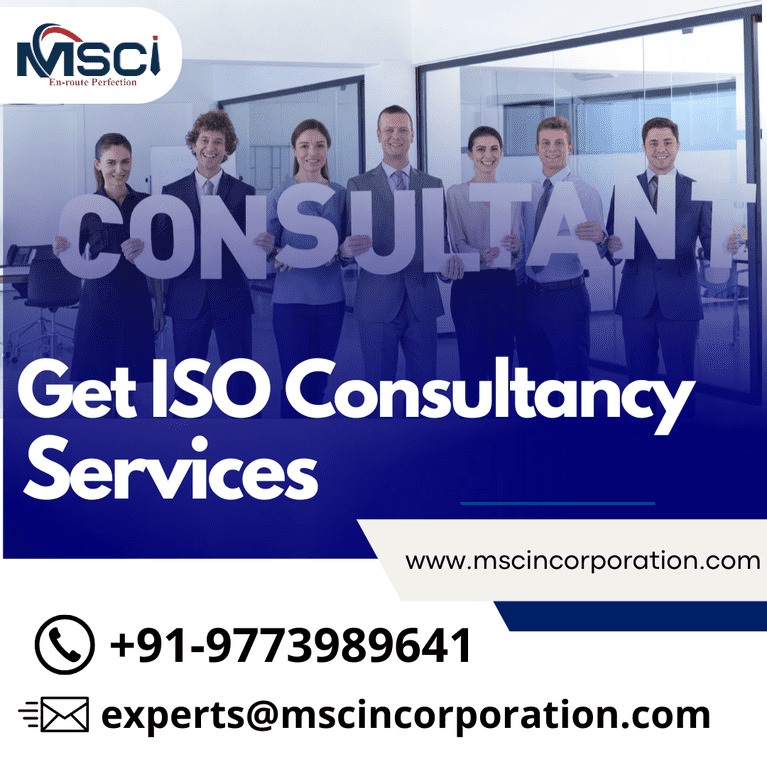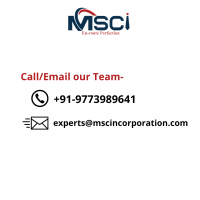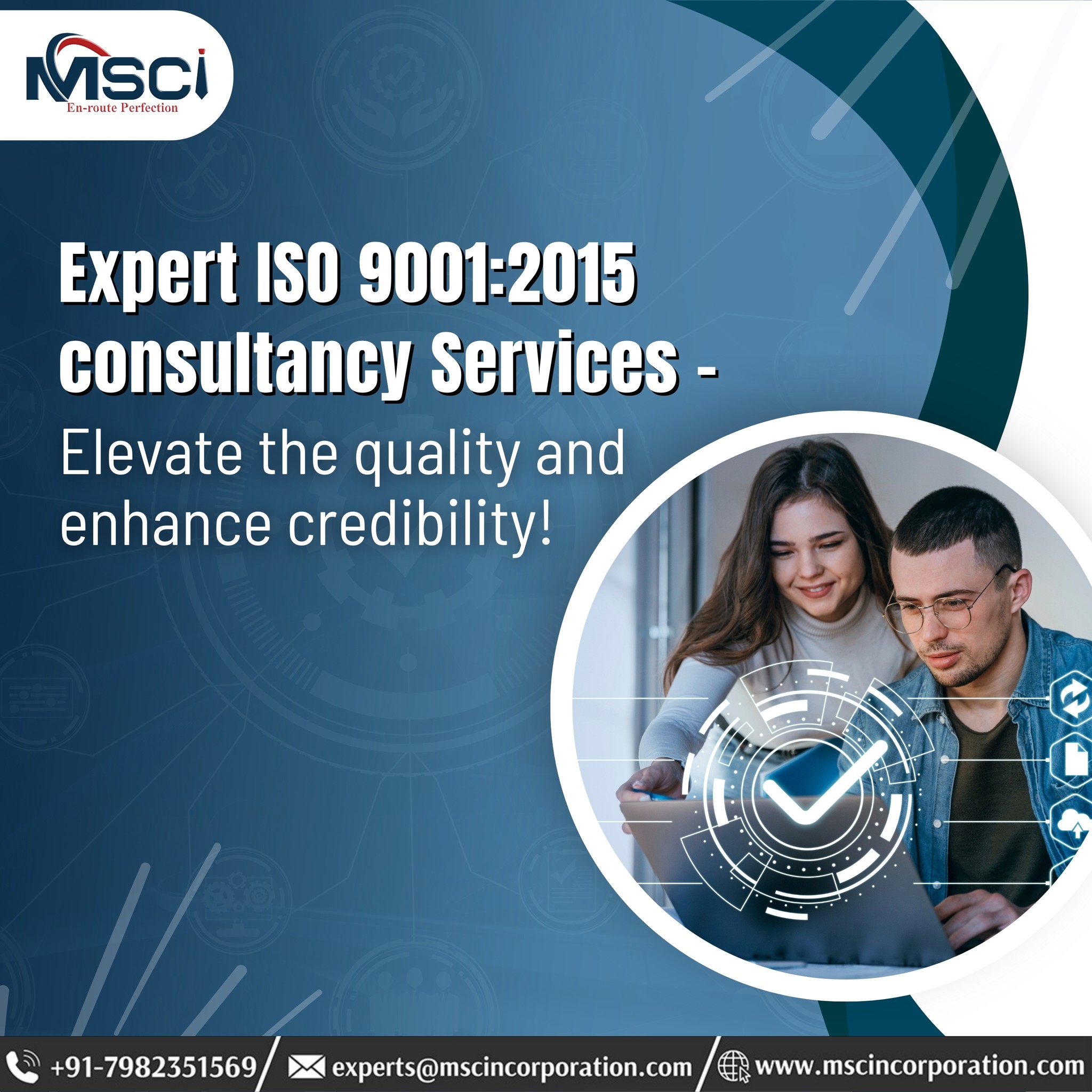The ISO 9001 Consultant's Guide to Streamlining Quality Management for Small Businesses

Strong 8k brings an ultra-HD IPTV experience to your living room and your pocket.
The ISO 9001 Consultant's Guide to Streamlining Quality Management for Small Businesses Introduction For small businesses, achieving ISO 9001 certification can seem daunting due to limited resources, time constraints, and the complexity of quality management systems (QMS). However, with the right approach, small businesses can implement ISO 9001 effectively, enhancing operational efficiency, customer satisfaction, and market credibility. This guide, crafted for ISO 9001 consultants, outlines practical steps to streamline quality management for small businesses, ensuring compliance without overwhelming their operations.
Understanding ISO 9001 for Small Businesses ISO 9001 is an international standard that outlines requirements for a quality management system. It focuses on consistent quality, customer satisfaction, and continuous improvement. For small businesses, adopting ISO 9001 can:
Build trust with customers and stakeholders.
Improve process efficiency and reduce waste.
Enhance competitiveness in markets requiring certification.
Small businesses, however, often face challenges such as limited budgets, small teams, and lack of in-house expertise. As a consultant, your role is to simplify the process, align the QMS with their goals, and ensure sustainability.
Step-by-Step Guide to Streamlining ISO 9001 Implementation 1. Conduct a Gap Analysis Objective: Identify the current state of the business’s processes compared to ISO 9001 requirements.
Action: Review existing processes, documentation, and workflows. Use a checklist based on ISO 9001:2015 clauses (e.g., leadership, planning, operation).
Simplification for Small Businesses:
Focus on critical processes (e.g., customer service, product delivery) rather than over-documenting minor tasks.
Use simple tools like spreadsheets or free QMS software to map gaps.
Outcome: A clear report highlighting areas needing improvement, prioritized by impact and feasibility.
Engage Leadership and Build Commitment Objective: Secure buy-in from owners and managers to drive QMS adoption.
Action: Conduct workshops to explain ISO 9001 benefits, emphasizing tangible outcomes like cost savings or customer retention.
Simplification for Small Businesses:
Keep sessions short and practical, using real-world examples relevant to their industry.
Align QMS goals with business objectives (e.g., reducing customer complaints by 20%).
Outcome: Leadership commitment to allocate time, resources, and accountability.
Design a Lean QMS Objective: Create a quality management system that meets ISO 9001 requirements without excessive complexity.
Action:
Develop a concise quality policy and objectives tied to business goals.
Document only essential processes (e.g., customer feedback, corrective actions) using flowcharts or simple templates.
Leverage existing tools like email or cloud-based platforms for document control.
Simplification for Small Businesses:
Avoid over-documentation; a small business may need only 10-15 core procedures.
Use templates from reputable sources (e.g., ISO or industry associations) to save time.
Outcome: A tailored QMS that is easy to maintain and scalable.
Train Employees Effectively Objective: Equip staff with the knowledge and skills to implement the QMS.
Action:
Conduct role-specific training sessions focusing on practical tasks (e.g., how to log a non-conformance).
Use interactive methods like hands-on exercises or Q&A sessions.
Simplification for Small Businesses:
Limit training to 1-2 hours per session to avoid disrupting operations.
Train a small team of “QMS champions” to support others and reduce reliance on external consultants.
Outcome: A confident, engaged workforce capable of maintaining the QMS.
Implement and Monitor Processes Objective: Roll out the QMS and ensure it functions effectively.
Action:
Start with a pilot process (e.g., customer complaint handling) to test the system.
Use key performance indicators (KPIs) like defect rates or delivery times to monitor progress.
Conduct regular internal audits to identify issues early.
Simplification for Small Businesses:
Limit audits to quarterly or bi-annual checks to reduce workload.
Use simple tracking tools like Google Sheets for monitoring KPIs.
Outcome: A functional QMS with measurable results.
Prepare for Certification Objective: Ensure the business is ready for the ISO 9001 certification audit.
Action:
Perform a pre-audit to verify compliance with all ISO 9001 clauses.
Address non-conformities promptly with corrective action plans.
Select a reputable certification body familiar with small business needs.
Simplification for Small Businesses:
Choose certification bodies offering flexible audit schedules to minimize disruption.
Prepare a concise audit package with only essential documentation.
Outcome: A successful certification audit with minimal stress.
Foster Continuous Improvement Objective: Maintain and improve the QMS post-certification.
Action:
Establish a feedback loop with employees and customers to identify improvement opportunities.
Conduct management reviews to assess QMS performance and set new objectives.
Update processes based on audit findings or changing business needs.
Simplification for Small Businesses:
Hold brief, monthly reviews instead of lengthy annual ones.
Use customer feedback (e.g., surveys, reviews) as a primary source for improvement ideas.
Outcome: A sustainable QMS that evolves with the business.
Common Pitfalls and How to Avoid Them Overcomplicating Documentation:
Solution: Focus on quality over quantity. Use visual aids like flowcharts to simplify procedures.
Lack of Employee Buy-In:
Solution: Involve employees early, explain benefits (e.g., easier workflows), and recognize contributions.
Underestimating Time and Costs:
Solution: Set realistic timelines (6-12 months for certification) and budget for consultant fees, audits, and training.
Ignoring Continuous Improvement:
Solution: Embed a culture of small, incremental changes through regular feedback and reviews.
Benefits of Streamlined ISO 9001 for Small Businesses Efficiency: Streamlined processes reduce waste and improve productivity.
Customer Trust: Certification enhances credibility, attracting new clients.
Scalability: A lean QMS grows with the business, supporting long-term success.
Cost Savings: Fewer errors and rework lead to lower operational costs.
Conclusion As an ISO 9001 consultant, your expertise can transform a small business’s operations by implementing a practical, efficient quality management system. By focusing on simplicity, engagement, and measurable outcomes, you can guide small businesses to achieve certification and sustain long-term quality improvements. With this streamlined approach, ISO 9001 becomes not just a certification but a catalyst for growth and success.
Note: IndiBlogHub features both user-submitted and editorial content. We do not verify third-party contributions. Read our Disclaimer and Privacy Policyfor details.




